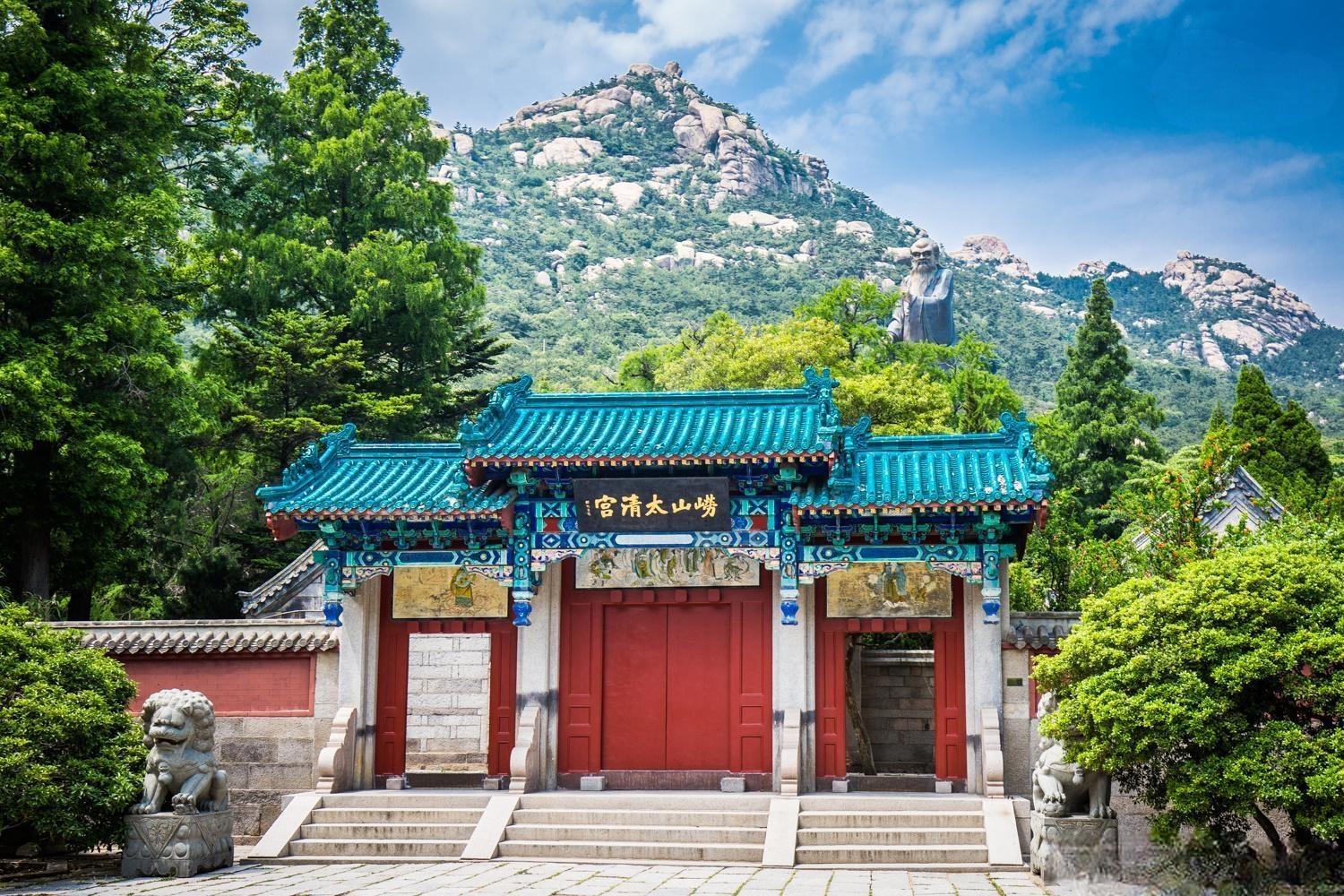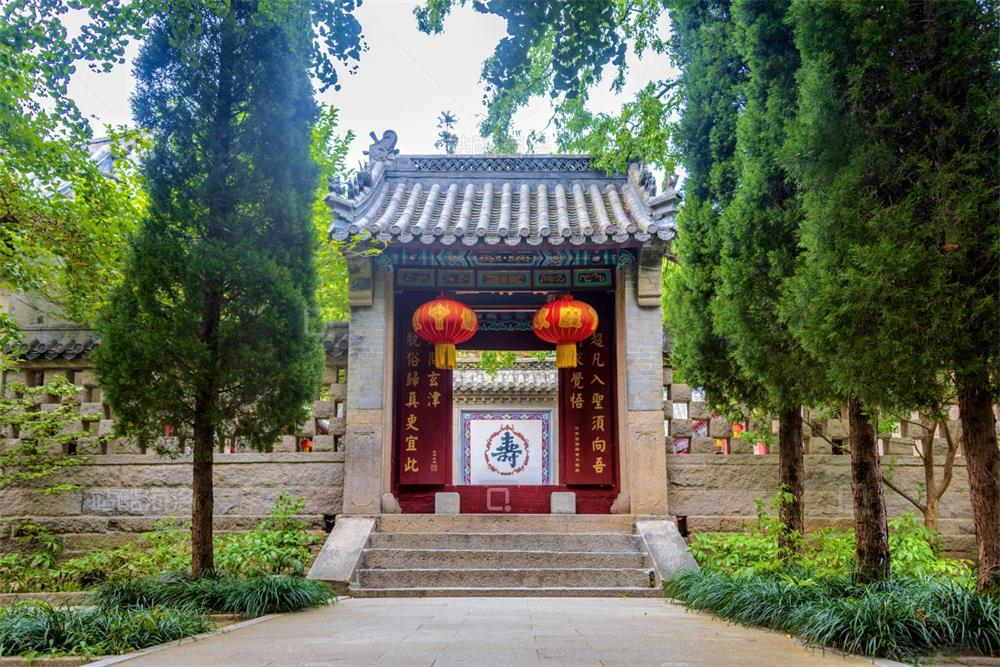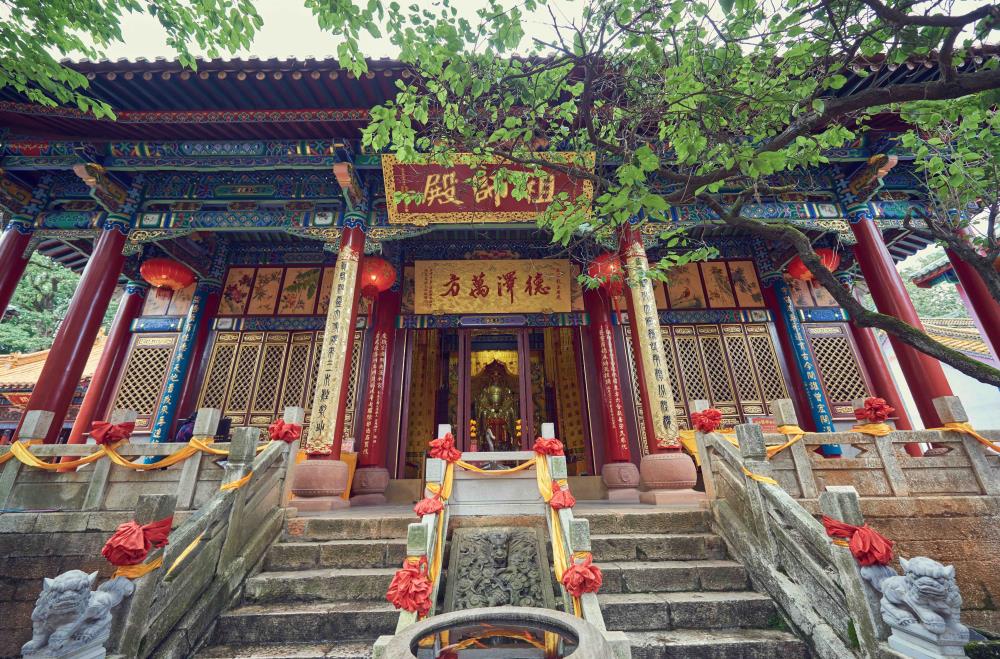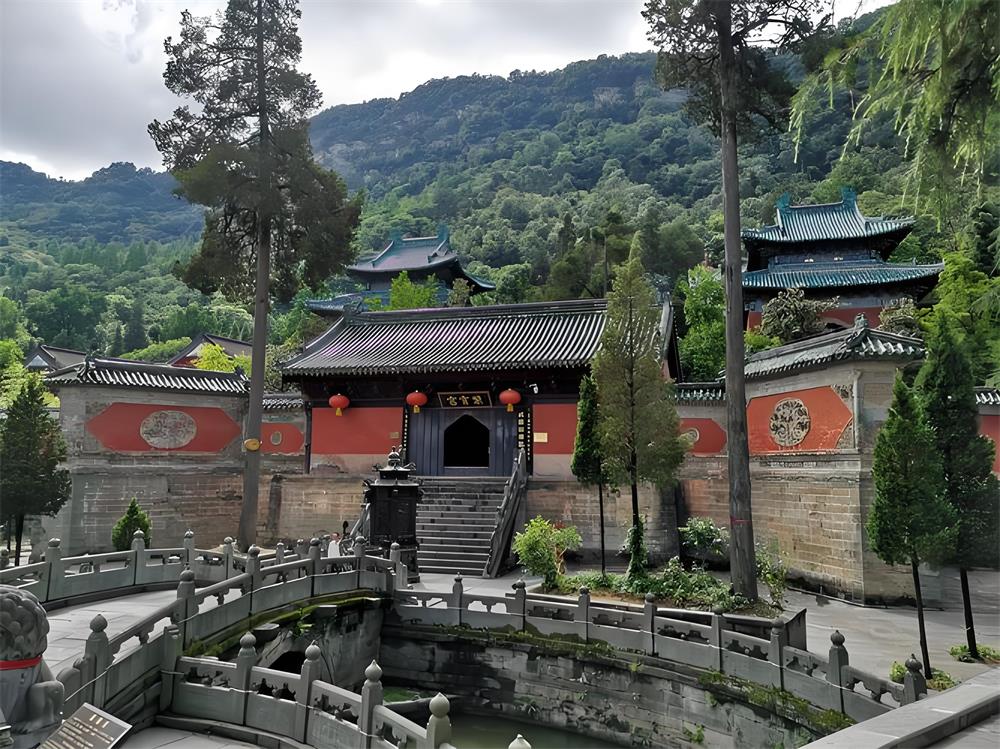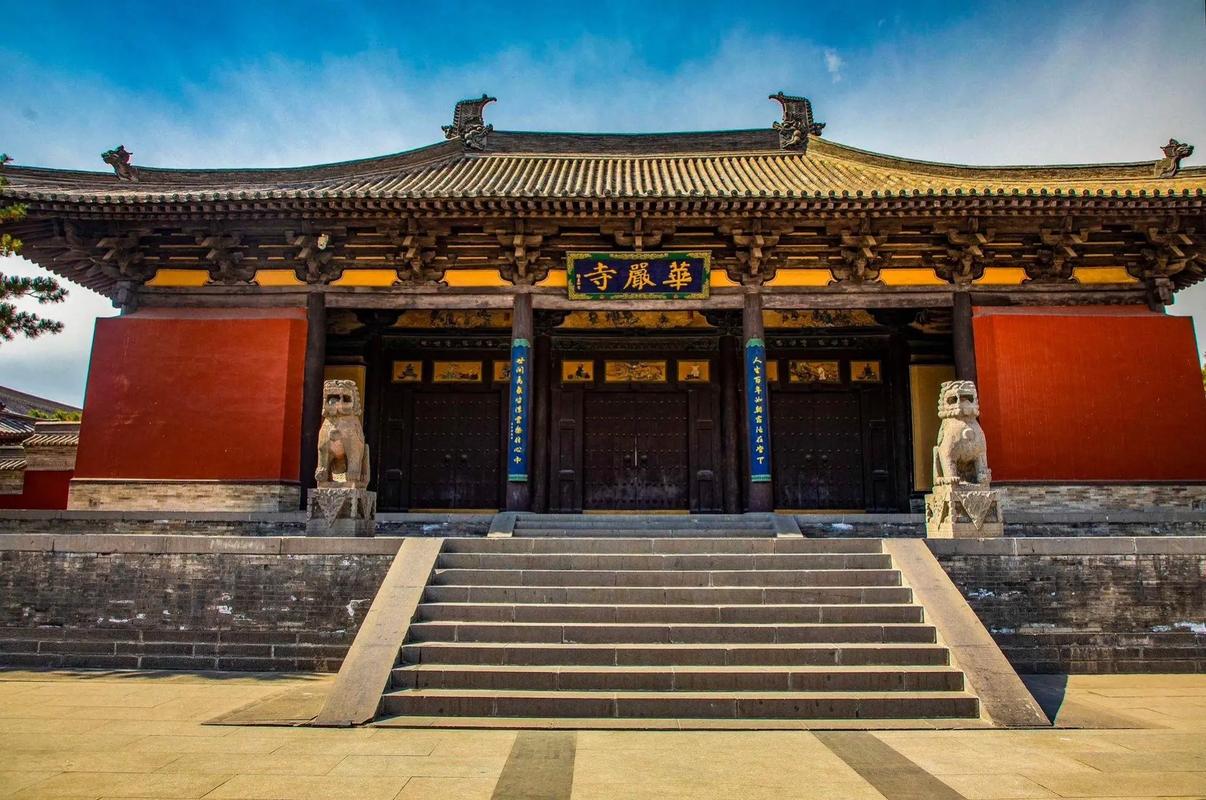Laoshan Shangqing Palace: The Upper Temple of Immortal Stillness
Tucked in the quiet embrace of Baoshu Mountain in southeastern Laoshan, Shangqing Palace—also known as the Temple of Great Purity—is a spiritual retreat with over a thousand years of Taoist history. Unlike the grand scale of nearby Taiqing Palace (Temple of Great Purity), Shangqing Palace is more modest in size but equally profound in sacred energy. It is here that mountain mist meets scripture, and ancient gingko trees whisper the echoes of Tao.

A Palace for the Purest Teachings
The roots of Shangqing Palace reach back to the Eastern Han Dynasty, when Confucian scholar Zheng Xuan first built a humble thatched hut to teach and meditate in solitude. But it was during the Song Dynasty (960 CE) that Emperor Taizu formally established the palace as a Taoist sanctuary for Liu Ruozhuo, the great master later known as Huagai Zhenren (“Perfected of the Canopy of Heaven”).
For centuries, Shangqing Palace has served as the ancestral temple of the Huashan branch of the Quanzhen School, one of the major sects in Taoism. Revered Taoist sages such as Liu Ruozhuo, Li Zhiming, and Qiu Chuji once lived and taught here, transmitting their teachings through mountain air and timeless ritual.
Architecture in Harmony
The palace features a two-courtyard layout, with the front hall dedicated to the Three Pure Ones (Sanqing)—the highest deities in Taoism—and the rear hall devoted to the Jade Emperor, the cosmic ruler. Flanking the main halls are side temples honoring the Three Officials (Heaven, Earth, Water) and the Seven Northern Perfected Ones, key figures in Quanzhen Taoism.
Despite its compact footprint of just 1,500 square meters, the palace is rich with Taoist symbolism. From the engraved “Welcoming Immortals Bridge” to the ancient gingko trees believed to be planted by Liu Ruozhuo himself, every stone, carving, and plant carries a story.
One of the most mysterious features is the “Gongsun Tree”, an ancient gingko whose trunk is surrounded by younger offshoots, symbolizing the longevity and continuity of spiritual lineage. Taoist legend says Liu Ruozhuo planted it himself over 1,000 years ago.
The Sacred Waters and Living Poetry
A short walk from the temple brings you to Shengshui Spring, a sacred well known for its sweet, clear water that flows year-round. On nearby cliff walls, you’ll find ancient Taoist poems carved by Qiu Chuji and others, including verses about his spiritual journey to Laoshan.
The palace’s surroundings also echo literary legend. A now-vanished white peony that once grew in the courtyard is believed to have inspired Pu Songling’s famous tale “Fragrant Jade” from Strange Tales from a Chinese Studio. A new white peony has been planted in its place to carry forward the spirit of that story.
A Hidden Gem in the Mountains
Though smaller than its sibling Taiqing Palace, Shangqing Palace holds a unique charm. Sheltered from the wind yet touched by the sea breeze, it offers a tranquil environment where ancient Taoist rituals continue today. In fact, during the late Qing and Republican periods, Shangqing Palace was considered one of the most powerful spiritual centers in Laoshan—home to many centenarian priests and mysterious teachings.
At Fengshuicharm, we often visit Shangqing Palace to offer blessings and spiritual prayers for our customers. Here, the energy is quiet, refined, and deeply focused—perfect for those seeking clarity, purification, and a deeper connection to Tao.


